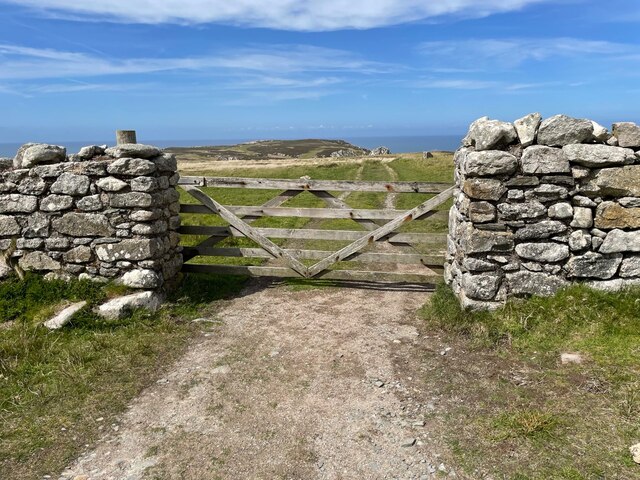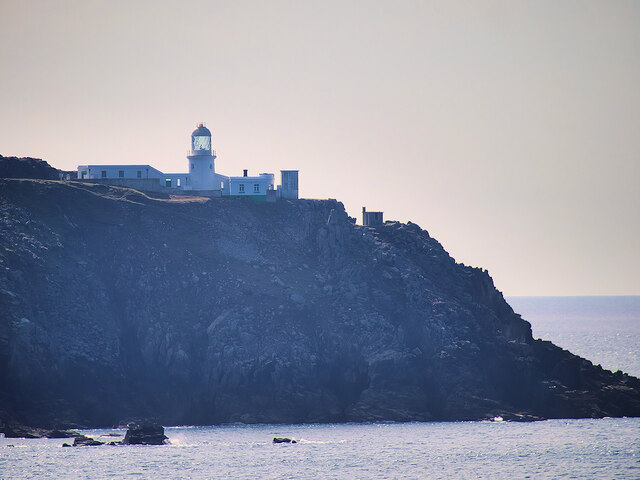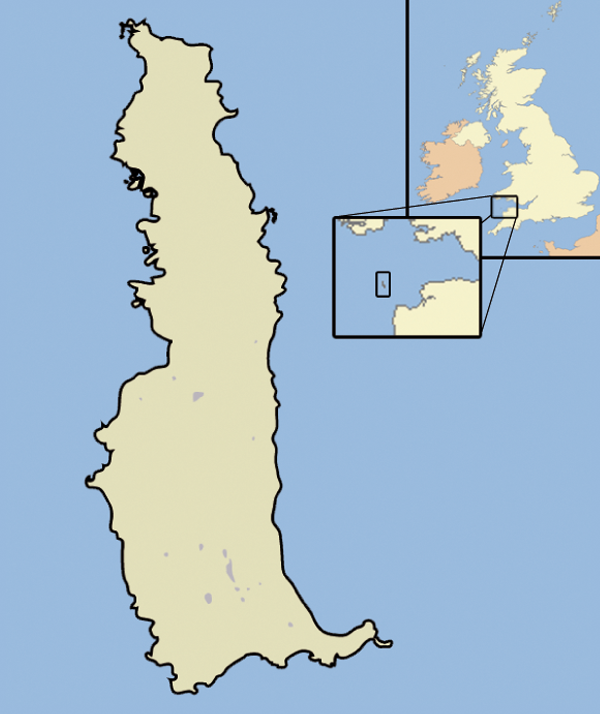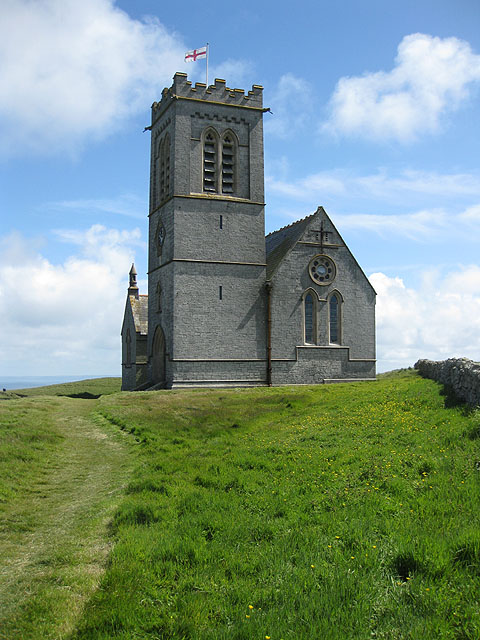South Combe
Valley in Devon Torridge
England
South Combe

South Combe is a small village situated in the county of Devon, England. Nestled in a picturesque valley, it is surrounded by rolling hills and lush greenery, making it an idyllic countryside retreat. The village is located approximately 5 miles west of the town of Barnstaple and is easily accessible via the A39 road.
The history of South Combe dates back centuries, with evidence of human habitation in the area since ancient times. The village is known for its charming thatched-roof cottages, which add to its quaint and traditional character. The local community is tight-knit and friendly, with a population of around 300 residents.
A notable feature of South Combe is its natural beauty, with the valley offering stunning views and ample opportunities for outdoor activities such as hiking and cycling. The River Combe flows through the village, providing a serene and peaceful atmosphere. The surrounding countryside is rich in wildlife, with various species of birds, mammals, and plants thriving in the area.
Although small, South Combe has a few amenities to cater to the needs of its residents. There is a local pub, The Combe Inn, which serves traditional pub food and drinks, and also acts as a social hub for the village. The nearest primary school and shops can be found in the nearby town of Barnstaple, ensuring easy access to essential services.
Overall, South Combe, Devon, is a charming and tranquil village that offers residents and visitors a chance to escape the hustle and bustle of city life and immerse themselves in the beauty of the countryside.
If you have any feedback on the listing, please let us know in the comments section below.
South Combe Images
Images are sourced within 2km of 51.194841/-4.6727258 or Grid Reference SS1347. Thanks to Geograph Open Source API. All images are credited.









South Combe is located at Grid Ref: SS1347 (Lat: 51.194841, Lng: -4.6727258)
Administrative County: Devon
District: Torridge
Police Authority: Devon and Cornwall
What 3 Words
///repelled.squeaking.absorb. Near Northam, Devon
Nearby Locations
Related Wikis
Jenny (1783 ship)
Jenny was built at Newfoundland in 1783. She sailed to Britain and traded between Britain and Newfoundland and then between Bristol and Africa until 1790...
Lundy
Lundy is an English island in the Bristol Channel. It forms part of the district of Torridge in the county of Devon. About 3 miles (5 kilometres) long...
St Helen's Church, Lundy
Saint Helen's Church, also often incorrectly known as Saint Helena's Church, is an Anglican church on the 445 ha (1,100 acres) island of Lundy, lying at...
Nearby Amenities
Located within 500m of 51.194841,-4.6727258Have you been to South Combe?
Leave your review of South Combe below (or comments, questions and feedback).










